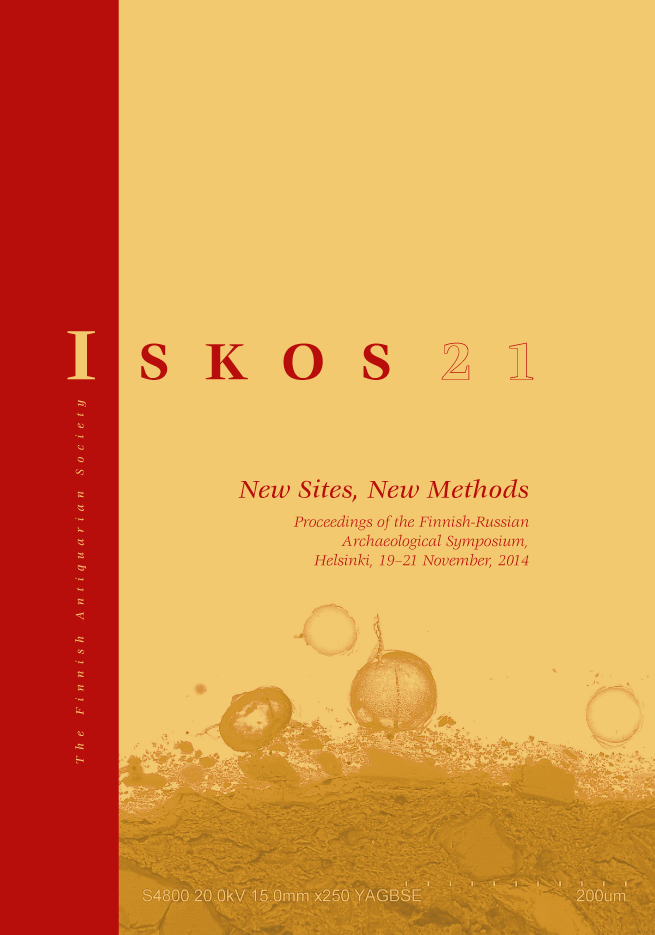Quantifying Mineral Raw Materials in Neolithic Knapped Tool Production in the Lake Saimaa Area, Finnish Inland
Abstract
In Finland, the Neolithic period begins with the appearance of ceramics ca. 5200 calBC and ends at the beginning of the Bronze Age ca. 1800 calBC. The co-occurrence of widespread and abundant flint import and Typical Comb Ware pottery (3900–3400 calBC) has been recognised since the very early days of Finnish archaeology, but so far, only one study has quantified the volume of Neolithic flint import to Finland. In general, the exploitation of domestic lithic raw materials has not been quantified at all. The present study provides an overview of the main trends in the use of mineral raw materials that were exploited in knapped tool production during the Neolithic in the Lake Saimaa area, Finnish inland. Firstly, the results show temporal and spatial variation in the selection of raw materials. As expected, the linkage between the heyday of flint import and Typical Comb Ware pottery is clearly visible. Moreover, during the span from the beginning of the Neolithic to the end of the Typical Comb Ware period, the utilisation of high-quality quartzes was very high. On the contrary, the latter part of the Neolithic was completely dominated by the exploitation of vein quartzes. The results also indicate spatio-temporal changes in the used reduction techniques, as well as in the reduction sequences present at the studied sites.




